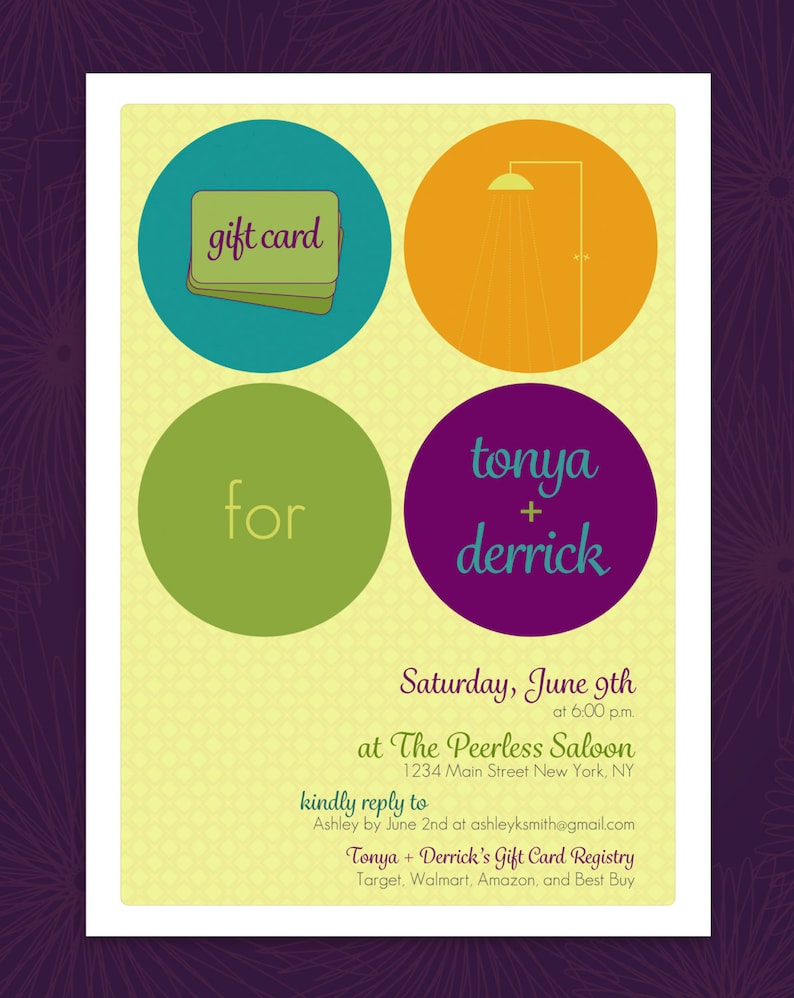Famous Historic Glass Engravers You Must Know
Glass engravers have actually been extremely skilled craftsmen and musicians for thousands of years. The 1700s were especially significant for their achievements and popularity.
As an example, this lead glass goblet shows how etching incorporated design patterns like Chinese-style themes right into European glass. It also shows exactly how the ability of a good engraver can create imaginary deepness and aesthetic texture.
Dominik Biemann
In the very first quarter of the 19th century the standard refinery area of north Bohemia was the only place where naive mythological and allegorical scenes etched on glass were still in vogue. The cup pictured here was etched by Dominik Biemann, that concentrated on small portraits on glass and is considered one of one of the most vital engravers of his time.
He was the boy of a glassworker in Nové Svet and the brother of Franz Pohl, another leading engraver of the period. His job is qualified by a play of light and darkness, which is specifically evident on this goblet displaying the etching of stags in forest. He was likewise understood for his service porcelain. He passed away in 1857. The MAK Gallery in Vienna is home to a huge collection of his works.
August Bohm
A notable Nurnberg engraver of the late 17th century, Bohm dealt with special and a feeling of calligraphy. He inscribed minute landscapes and engravings with vibrant official scrollwork. His job is a forerunner to the neo-renaissance design that was to control Bohemian and various other European glass in the 1880s and past.
Bohm welcomed a sculptural sensation in both alleviation and intaglio inscription. He showed his proficiency of the last in the carefully crosshatched chiaroscuro (tailing) results in this footed cup and cut cover, which shows Alexander the Great at the Fight of Granicus River (334 BC) after a paint by Charles Le Brun. Regardless of his substantial ability, he never ever attained the popularity and lot of money he looked for. He died in penury. His partner was Theresia Dittrich.
Carl Gunther
In spite of his determined work, Carl Gunther was an easygoing man who enjoyed spending time with friends and family. He enjoyed his day-to-day routine of checking out the Collinsville Senior citizen Center to delight in lunch with his buddies, and these moments of camaraderie gave him with a much required break from his demanding profession.
The 1830s saw something quite remarkable occur to glass-- it became vivid. Engravers from Meistersdorf and Steinschonau developed highly coloured glass, a taste known as Biedermeier, to meet the need of Europe's country-house courses.
The Flammarion engraving has come to be an icon of this brand-new taste and has shown up in publications dedicated to science along with those checking out mysticism. It is also located in countless gallery collections. It is thought to be the only enduring instance of its kind.
Maurice Marinot
Maurice Marinot (1882-1960) started his career as a fauvist painter, yet came to be amazed with glassmaking in 1911 when going to the Viard bros' glassworks in Bar-sur-Seine. They offered him a bench and instructed him enamelling and glass blowing, which he mastered with supreme ability. He established his own strategies, utilizing gold flecks and manipulating the bubbles and various other natural imperfections of the material.
His approach was to deal with the glass best personalized glass for coworkers as a living thing and he was one of the initial 20th century glassworkers to utilize weight, mass, and the visual impact of natural imperfections as aesthetic components in his works. The event shows the considerable impact that Marinot carried contemporary glass manufacturing. Regrettably, the Allied bombing of Troyes in 1944 damaged his studio and hundreds of drawings and paints.
Edward Michel
In the early 1800s Joshua introduced a design that mimicked the Venetian glass of the duration. He used a strategy called diamond factor engraving, which entails scraping lines right into the surface of the glass with a tough metal apply.
He likewise created the very first threading machine. This creation allowed the application of long, spirally injury trails of color (called gilding) on the text of the glass, a vital attribute of the glass in the Venetian style.
The late 19th century brought brand-new design concepts to the table. Frederick Kny and William Fritsche both worked at Thomas Webb & Sons, a British business that specialized in premium quality crystal glass and speciality coloured glass. Their work showed a choice for classical or mythical subjects.

Comments on “Glass Gifts That Commemorate Life’s Biggest Moments”